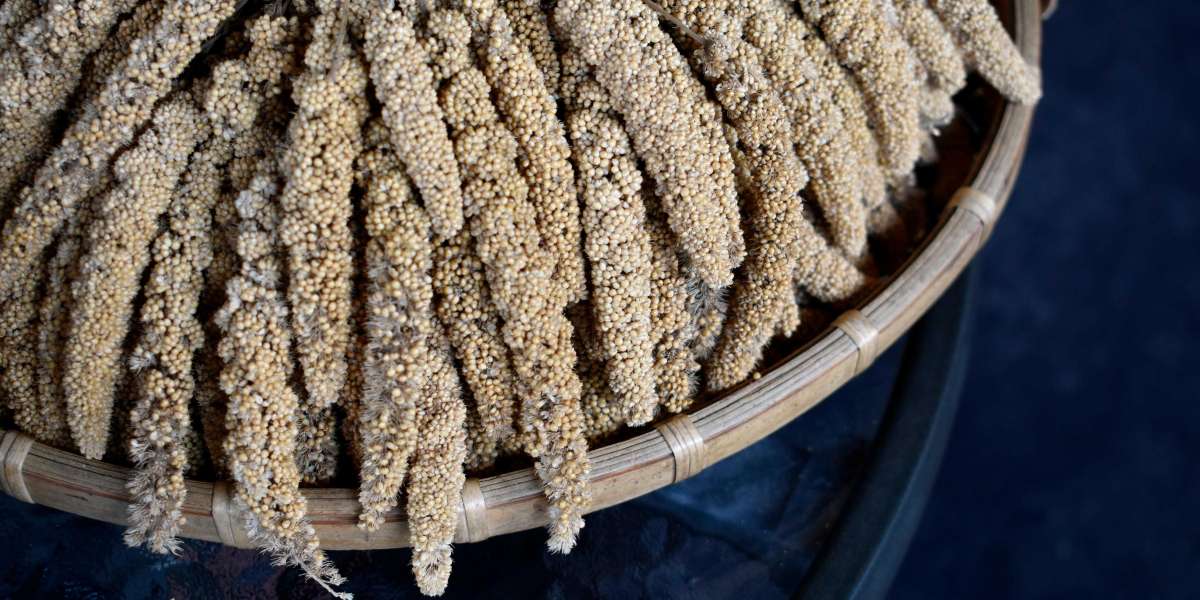In today's world, where health and nutrition are of utmost importance, the choice of grains is important. Though wheat, rice, and oats have been the staple in most homes for ages, millets are gaining recognition for their superior nutritional value and health benefits. Let's dive into why millets should be part of your diet and how they compare to these commonly consumed grains.
Millets vs. Wheat: A High-Fiber, Gluten-Free Substitute
Wheat forms a significant portion of the diet today, but refined wheat products like white bread and pasta contain virtually no nutrients. These products contain a lot of gluten, which can cause discomfort in some people with gluten sensitivity or celiac disease.
Millets are gluten-free by nature, and therefore a good substitute for people who have gluten intolerance. Millets also contain more fiber than wheat. Fiber is essential in digestion and helps regulate blood sugar levels, and it also keeps the gut healthy. Millets are also rich in minerals such as magnesium, phosphorus, and iron, which are good for bone health, muscle function, and immune system.
2. Millets vs. Rice: The Superior Choice for Blood Sugar Management
Rice is consumed globally, but white rice has some disadvantages when it comes to health. White rice is heavily processed and has a high glycemic index, which means that it can lead to a quick rise in blood sugar. This is particularly problematic for people with diabetes or those who want to maintain a stable energy level.
Millets are a better choice in terms of blood sugar management. Millets have a low glycemic index, which means they are digested slowly and do not cause a sharp increase in blood sugar. This makes them an excellent choice for people with diabetes or anyone who wants to avoid the energy crashes that often come with high-glycemic foods like white rice. Millets also contain more fiber, protein, and essential vitamins and minerals than rice, making them a more nutrient-dense option.
Millets vs. Oats: A More Complete Protein Source
Oats have long been considered a healthy grain, particularly for heart health, due to their soluble fiber content. However, while oats do offer benefits for heart health, they do not offer the same broad range of nutrients that millets do.
Millets are an excellent source of complete proteins. They contain all nine essential amino acids, making them a valuable addition to vegetarian and vegan diets. This makes millets a better option for those seeking to increase their protein intake from plant-based sources. Millets are also rich in calcium, iron, and magnesium, which are essential for strong bones, healthy circulation, and overall well-being.
Oats are good for digestion and heart health, but they are not as nutrient-rich or versatile as millets. Millets offer a more diverse range of essential nutrients, making them the better choice.
Millets, compared to the commonly used grains such as wheat, rice, and oats, show superior nutritional potential. They are higher in fiber, protein, and essential vitamins and minerals and are gluten-free and low on the glycemic index. For its benefits, you can simply buy organic millet online and start adding this nutrient-rich grain into your meals to have a healthful and balanced diet.













